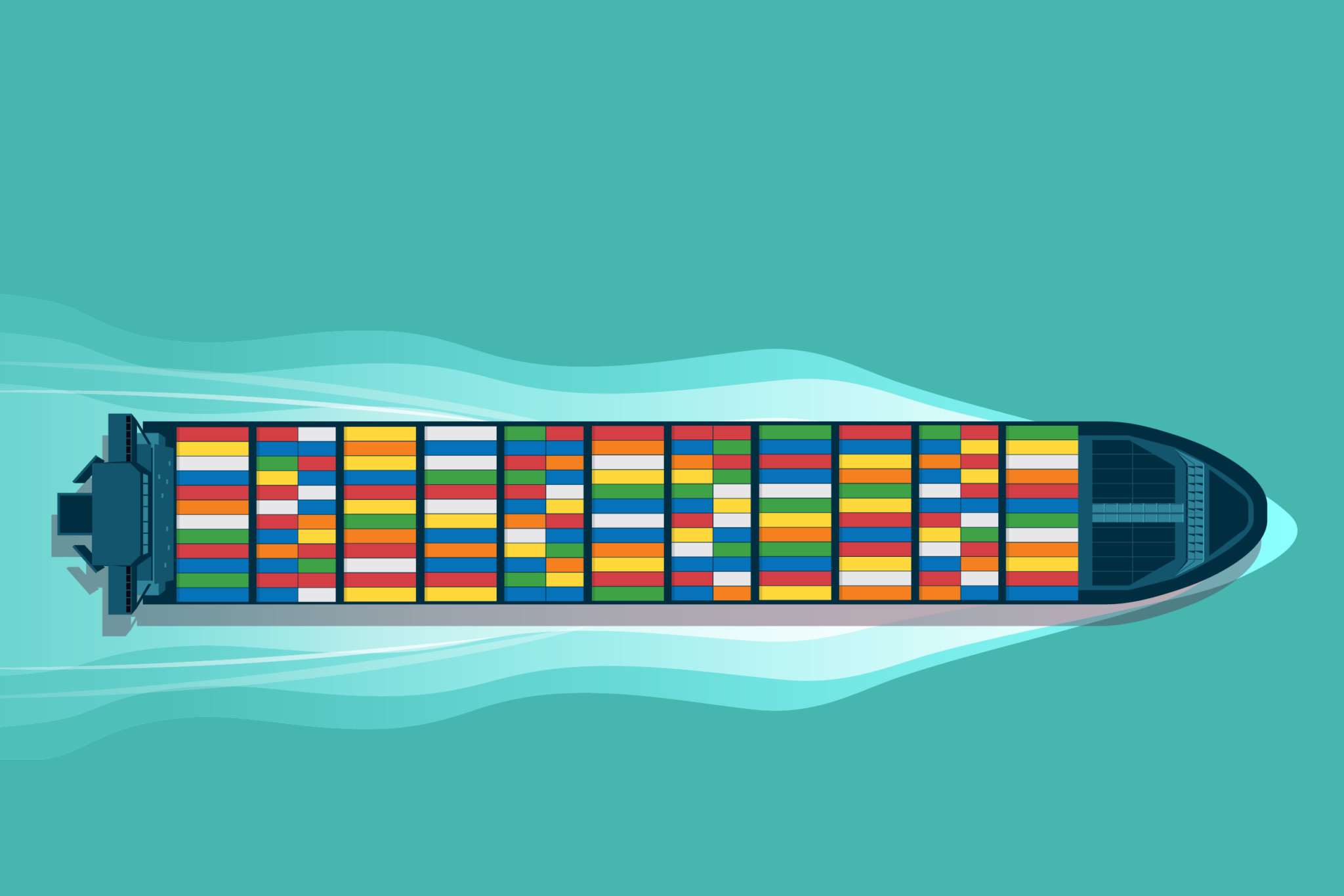The Deepwater Horizon Quality Failures: What Can Go Wrong, Will Go Wrong
August 2, 2018
ISO 9000:2015 Quality Management Systems – Fundamentals and Vocabulary gives the definition of Quality as the “degree to which a set of inherent characteristics of an object fulfills a requirement.” While this broad definition might bring to mind many of the traditional Quality ideals, such as process efficiency and customer delight, perhaps less obvious are the potential costs of Quality failures and the impact they can have on the environment, a company brand, and human lives.

On April 20, 2010, the Deepwater Horizon, an oil rig leased to BP Exploration & Production from Transocean for extracting oil from the Macondo well 50 miles off the coast of Louisiana, suffered a series of explosions caused by the uncontrolled flow and ignition of oil from the well onto the rig platform during exploratory drilling. Explosions, and the resulting inextinguishable fire, continued to rock the Deepwater Horizon for 36 hours, killing 11 workers and injuring 17 others before the rig sank on April 22 in waters approximately 5,000 feet deep. The Macondo well continued to vent oil for 87 days before it was capped. The result was the discharge of almost 5 million barrels of oil into the fragile ecosystem of the Gulf of Mexico, making this the largest marine oil spill in the history of the petroleum industry and an unprecedented environmental disaster.
The engineering assessment of the failures that led to the explosion is complex. During the exploratory drilling, workers pumped cement down the well to create a casing that would, in conjunction with a blowout preventer (BOP), prevent the pressure from the well from forcing the oil back up the drill and onto the platform. According to the Deepwater Horizon Accident Investigation Report, a series of cascading equipment failures allowed a blowout that forced a mixture of oil and gas onto the oil platform and into the engine rooms, which was the likely point of ignition.
Numerous post-incident documents report that many of the failures that led to the disaster were based on shortcomings in Quality planning. In particular, the BP Macondo well team neglected to follow the best practice of performing quality assurance and risk assessment of the design and testing of the cement casing, the integrity of which failed to prevent the initial escape of oil and gas that led to the blowout. Subsequent investigative journalism and testimony paints a picture in which the Culture of Quality was subordinated to cost-cutting and procedural shortcuts to try and get the drilling project, which was five weeks behind schedule, back on track. These shortcuts included replacing a mixture of heavy mud, which was pumped into the well to reduce pressure, with a lighter, cheaper and less effective mixture of seawater because of concerns about cost overruns, which failed to provide the necessary protection against blowouts. Post-disaster interviews with survivors indicate that workers were concerned with BP and Transocean officials’ diminishing concern for Culture of Quality, but feared reprisals if they discussed or attempted to address it
The comparison of the Cost of Good Quality (COGQ) to the total damage of the disaster makes for sobering reading. Testing the cement used in the casing would have taken 10 hours of time and cost $128,000. Neglecting that minimal Cost of Prevention resulted in the loss of 11 lives, $11 billion in financial damage to BP, inestimable environmental damage to the Gulf of Mexico, and long-term association of the BP brand with a tragic disaster of monumental significance.
The Executive Summary of the Deepwater Horizon Accident Investigation Report summarizes well the vital importance of both a systemic Quality Management program and a Culture of Quality in an organization, as well as the terrible human and environmental consequences of neglecting this responsibility:
“Through a series of rig audit findings and maintenance reports, the investigation team found indications of potential weaknesses in the testing regime and maintenance management system for the BOP. The team did not identify any single action or inaction that caused this accident. Rather, a complex and interlinked series of mechanical failures, human judgements, engineering design, operational implementation and team interfaces came together to allow the initiation and escalation of the accident. Multiple companies, work teams and circumstances were involved over time.”
How to Avoid Quality Failures
A robust Quality Management System (QMS) is essential for any organization to consistently meet customer expectations, comply with regulatory standards and minimize risks. When quality processes are weak or inconsistent, the consequences can be severe, as seen in incidents like the Deepwater Horizon disaster. Poor quality management not only leads to financial losses but also impacts brand reputation, environmental safety and, most importantly, human lives.
A comprehensive QMS ensures that every step in the production or service delivery process is systematically monitored, risks are identified early and corrective actions are taken promptly. This minimizes the likelihood of costly failures and maximizes operational efficiency.
Software plays a crucial role in strengthening a QMS by automating data collection, standardizing processes and providing real-time visibility into quality performance across the organization. It enables continuous improvement through features like automated reporting, audit management and nonconformance tracking. By leveraging software, organizations can ensure consistency, reduce manual errors and respond proactively to emerging risks, fostering a culture of quality and safeguarding their operations from potential failures.







